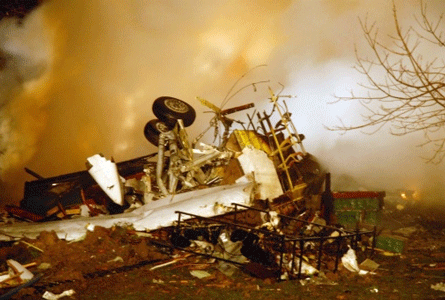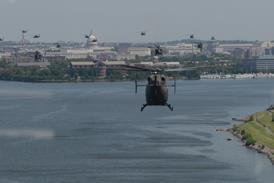Paul Lewis/WASHINGTON DC
New Piper Aircraft, buoyed by increasing piston and turboprop sales, continues to explore a venture into the jet-powered aircraft market. The move will be contingent on a future public stock offering.
Vero Beach, Florida-based New Piper estimates the cost of developing a jet-powered light aircraft at between $150 million and $200 million, depending on the type of programme and risk sharing partners it can attract. "That's a big research and development costing if we go in that direction. Obviously you've got to go to the public markets to get there," says New Piper president Chuck Suma.
New Piper has sufficient capital to fulfil its more immediate priorities of completing certification of the Meridian turboprop and making incremental improvements to its Mirage and Cherokee lines. "The future of the company in the next couple of years is to drive to a public offering of shares," he says, adding that the timing is subject to shareholder approval.
Similarly unclear is when a suitably small turbofan would be available to the general aviation market. New Piper is closely following the NASA Williams FJX programme, while Pratt & Whitney and AlliedSignal are also exploring similarly sized developments.
The company is looking for an engine in the range of 800-1,600lb (3.5-7kN) thrust, capable of powering different airframe derivatives. "We've got to be sure we can get more than one type of aircraft out of the investment. We are looking at a very small engine and, as yet, none is certified at the very low end," says Suma.
Meanwhile, New Piper is projecting another increase in production next year, to 422 aircraft - up from 332 this year. This includes the first 40 Meridians from next July. The rest will comprise 59 Mirages, 50 twin-engined Seneca Vs, 95 Toga TC/HPs, 122 Archers, 15 Seminoles, 15 Arrows and 36 Warriors. "I think we're going to be over 500 units by 2000/1 and, by the end of 2002/3, we'll be at an even higher number," says Suma.
Source: Flight International























